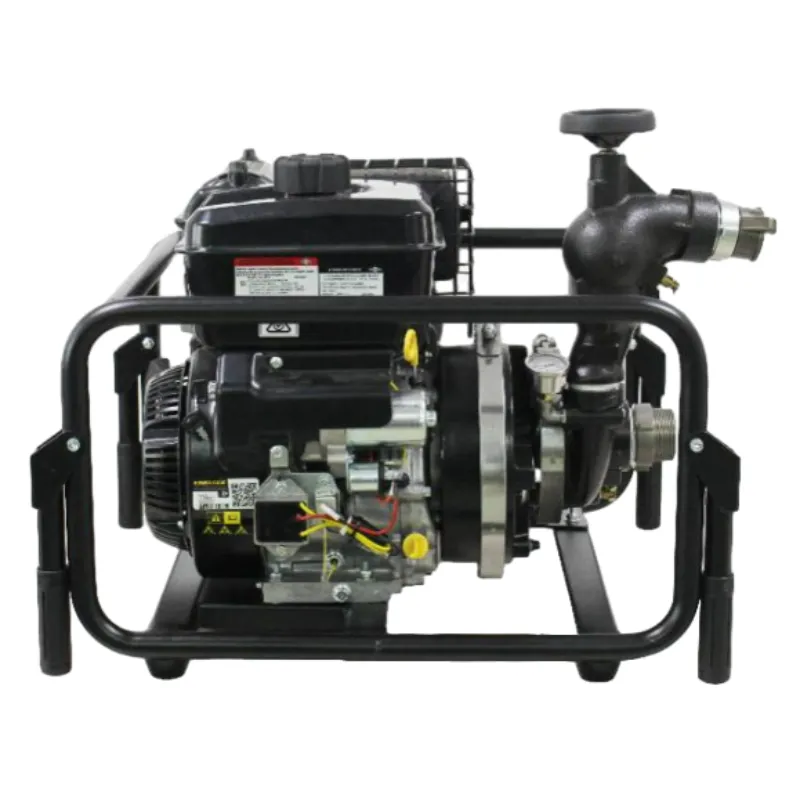

2. Articulating Aerial Ladders With joints that allow for angling and bending, these are particularly suited for navigating obstacles and reaching over structures or into tight spaces. This adaptability lends them unmatched operational range in complex environments. 3. Combination Aerial Devices These combine telescoping and articulating functions, providing unparalleled flexibility and utility in dynamic scenarios. They are paramount in situations that demand precise maneuverability for both rescue and firefighting tasks. Specialty Ladders Apart from the commonly seen varieties, there are ladders designed for niche applications in firefighting 1. Platform Ladders Also known as aerial platforms or buckets, these devices provide a stable platform for firefighters to operate from at extended heights. Their utility shines in rescue missions and when administering water streams from a secure, elevated position. 2. Escape Ladders Lightweight and quickly deployable, these ladders facilitate rapid egress for trapped individuals and firefighters alike. Their primary design focus is speed and simplicity, ensuring swift rescue during critical evacuations. Mastery over these types of ladders requires intensive training and expertise, integral to the role of firefighting. Trust in this equipment stems from rigorous safety standards and the continuous evaluation processes they undergo to meet the demands of various fireground scenarios. Quality assurance is non-negotiable, ensuring every ladder's readiness to perform under duress. In conclusion, understanding and utilizing the myriad types of ladders in firefighting operations is as much an art as it is a science. For every firefighter, the ladder is more than just a tool—it is a lifeline, demanding respect and proficiency. The ongoing development of ladder technology continues to enhance the ability of firefighting teams to safely and effectively carry out their mission-critical tasks. Fire departments are encouraged to maintain an inventory that complements their unique operational needs, ensuring that their ladder systems remain as dynamic and reliable as the heroes that wield them.




























